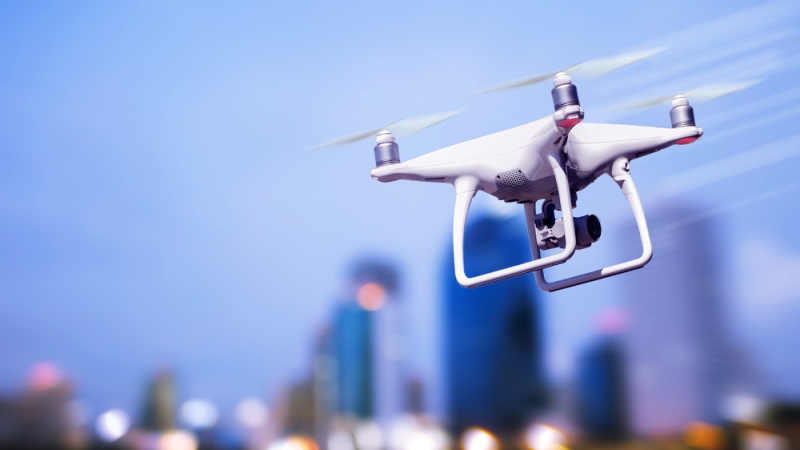
Federal agencies that amass multitudes of data because of drone use have had to think about how to store and protect that data.
Agencies that use drones are caught between following the regulations in place for aircraft and following the regulations for IT systems, since drones contain properties of both categories.
Phil Hall, emerging technologies officer for the National Oceanic and Atmospheric Administration, said that his agency treats drones as aircraft rather than IT systems. This requires NOAA to communicate with the Federal Aviation Administration and comply with airspace rules. However, Hall is still concerned about the protection of the data that these drones collect.
“I’m very concerned about the security issues,” Hall said on July 26 at the ACT-IAC Internet of Things and Drones Forum. “Our drones, can they be hacked?”
NOAA has a decentralized data process, which allows each department within the agency to handle its data in its own system. Hall said that when his team collects data, it goes to a predefined place with the proper protections in place.
“Data is really our bread and butter,” Hall said.
On long flights, drones collect up to petabytes of data, which is enough space to store 58,292 feature-length movies. NOAA’s goal is to build drone detection systems on ships so that the agency can send drones up to 50 miles from the ship for monitoring and observation.
Maria Horton, CEO of EmeSec, said that the amount of data that drones have the ability to collect makes it more important for Federal agencies to transition to cloud environments that can encrypt the data, and maintain the proper chain of command.
“You need to understand how you’re storing, protecting that data both in transit and in storage,” Horton said.
Kurt Schwoppe, business development manager for imagery at Esri, said that the goal is to only move the data once, in order to avoid the most security issues due to transit.
“We run into an issue because these drones can collect lots and lots of data,” Schwoppe said. “How do you handle that data and how do you work with it?”
Chris Taylor, CEO of Govini, said that agencies have to protect the endpoints in their networks in order to protect the data collected by drones, which requires understanding the networks and building cybersecurity into the networks.
“IoT and drones: You can’t have those without cybersecurity,” Taylor said.
